Understanding Document Accessibility
Home / Understanding Document Accessibility
This is a guest article from Crawford Technologies, a valued BCC Software partner.
When you think of accessibility, it’s often in the context of physical access, like providing ramps, elevators, and other accommodations to ensure that people with physical disabilities don’t face discrimination.
But what about accessibility when it comes to documents? All consumers receive invoices, statements, explanations of benefits, and other documents either via mail or electronically that are important to financial and physical well-being. For the population of individuals who are blind, partially sighted or have cognitive disabilities, it can be difficult or even impossible to read and understand these documents. That’s why disability legislation encompasses accessible documents, and requires that companies offer formats such as braille, large print, audio, e-Text, Accessible PDF, and Accessible HTML.
Document accessibility and regulatory compliance
Laws in the United States and in other jurisdictions supporting individuals with visual disabilities have been around for some time, but are now being increasingly enforced. Regulations such as the Americans with Disabilities Act (ADA) of 1990 and the Rehabilitation Act of 1973, Sections 504 and 508 in the United States, including the recent Section 508 refresh, and other global guidelines mandate that companies offer documents in accessible format. And it’s risky to not be in compliance, since businesses can potentially face financial ramifications.
Different approaches for different documents
When considering how to implement an accessible documents strategy, a good first step is to consider the type of business communication documents your organization deals with. They can typically be categorized as:
- Transactional documents, such as monthly bills, invoices, account statements and trade confirmations that are cyclical in nature and made available to clients on an event-driven or periodic basis (i.e., monthly, quarterly, or annually). Content is unique to each client, is highly structured in its format, and is confidential in nature.
- Static documents containing content that is the same for all recipients. One identical copy can be made available to all and contains no personalized data related to the consumer. These notices, general information circulars, service or product explanations and brochures, are intended for mass distribution and wide availability.
Not only do different document types often require different approaches, but unlike traditional print, consumers have varying preferences for accessible documents. One individual may require braille, while someone else needs large print, with yet another person requesting an electronic format like Accessible HTML. So, when you offer accessible documents, it’s unlikely that a single format will work for all your customers.
The mix of documents your organization regularly sends, and understanding who your customers are will impact what you’ll need to do in terms of resources, planning, and cost. For example, personalized transactional documents can present a much greater challenge than static documents when it comes to making them accessible.
Developing a strategy
Until recently, the only way to create accessible documents was by converting standard documents into an accessible format using a manual process that involved adding tags and other accessibility features to a document to make it readable by assistive technologies. This, of course, is time consuming and expensive, and since many organizations only provide accessible documents upon request, the customer often does not receive their communication in a timely fashion.
More companies are now taking a proactive approach, either delivering documents in accessible format to all their customers, or taking advantage of newer software solutions that automate the process, thus delivering an accessible document upon request almost immediately.
Deploying accessible documents represents entirely new territory for many organizations. Developing the right strategy will require a detailed analysis of applicable regulations, an examination of your organization’s unique document environment and a careful assessment of the tools and processes you will need to ensure success.
Crawford Technologies solutions for print stream transformations, reengineering, workflow and document accessibility have enabled the largest enterprises in the world — banks, insurers, healthcare providers, utilities, and print and mailing service providers — to use their existing documents and data in new ways and to leverage legacy applications in the platforms of the future. Crawford Technologies helps to deliver some of the largest complex print solutions in the market. When integrated with BCC Software solutions, customers benefit from powerful end-to-end workflows that automate production, maximize equipment, deliver operational efficiencies, and increase profitability.
In the next article from Crawford Technologies, we’ll take a deeper look at the various accessible document formats and their attributes. In the meantime, click here for more information.

